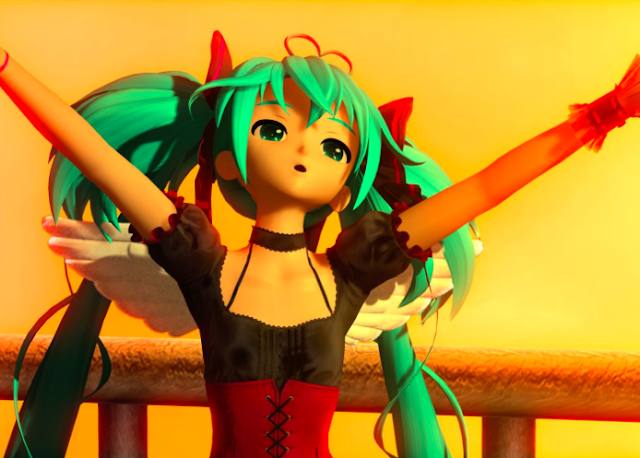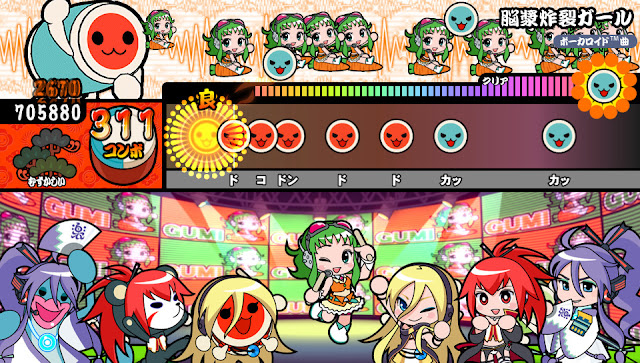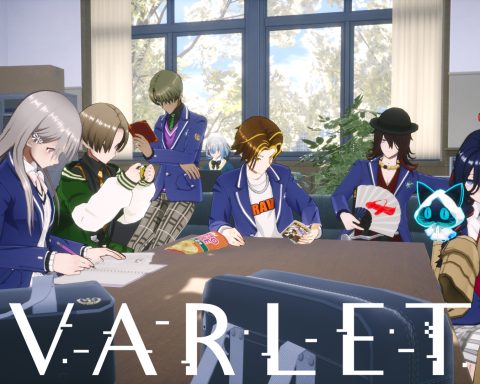Explainer by Matt S.
One of interesting things about games is that we often talk about “great” examples of the genre, without ever really defining what makes it such a great example of the genre.
But what makes a game of a given genre great is never as simple as it might seem; if it was, every developer would be able to tap into the same formula and would be producing the same quality games… there would be no bad games. So, in a bid to try and better understand our favourite genres, we’ll run a series of explainers over the next couple of months, looking at what makes an example of a given genre a good one.
First up, we’ll have a look at the rhythm game genre which, thanks to Hatsune Miku, has become one of my favourite genres over the past couple of years. I’m really not exaggerating about that, either. Until I played the first Project Diva game on PlayStation Vita (my introduction to Miku), I basically never played rhythm games. Now I devour every new example of the genre at every opportunity.
It would be easy to chalk the success of the rhythm game genre up to its music. And of course that is an essential component; a rhythm game without a good soundtrack is a rhythm game that people are probably not going to want to play. But the soundtrack is not everything that a rhythm game needs in order to be quality, either.
The way I see it, there are three other core factors that determine the quality of a music game, and I would argue that a really good music game can’t lack for any of these if it has any hope of being remembered as a genuine classic of the genre.
To read on, please log in with your DDNet Premium account:










